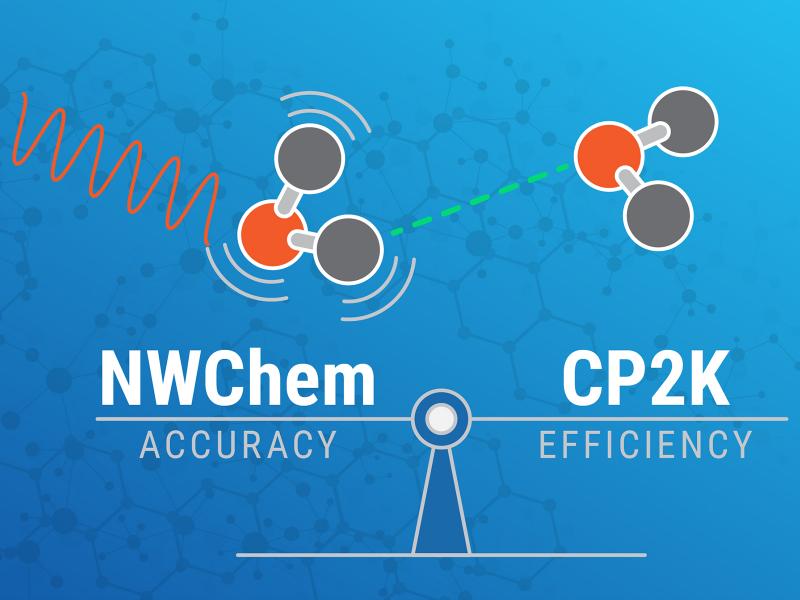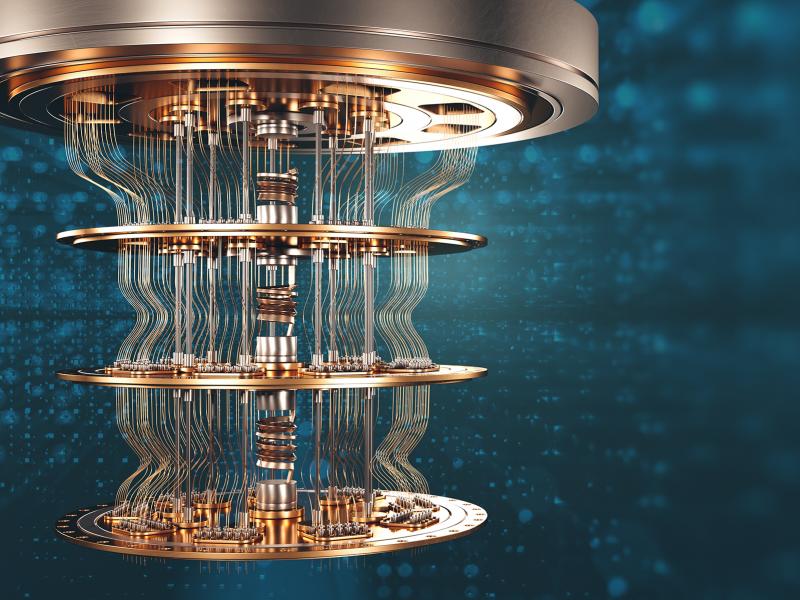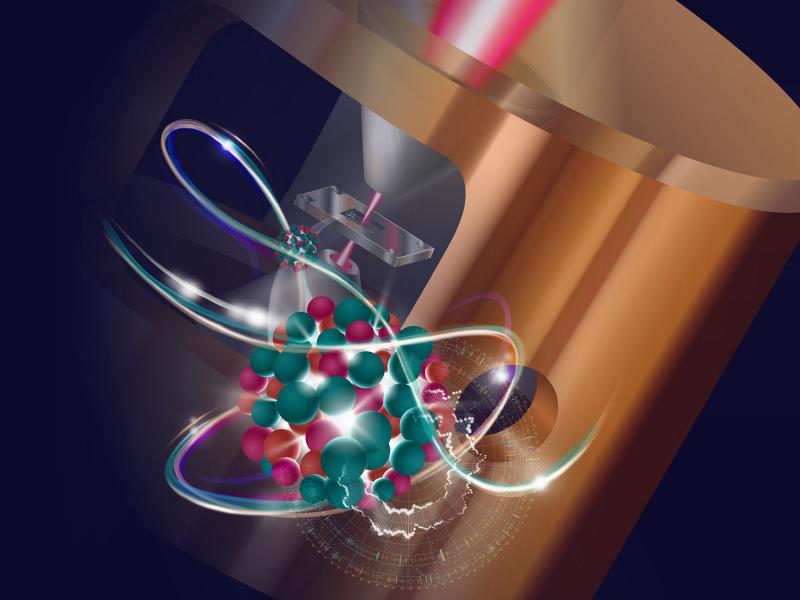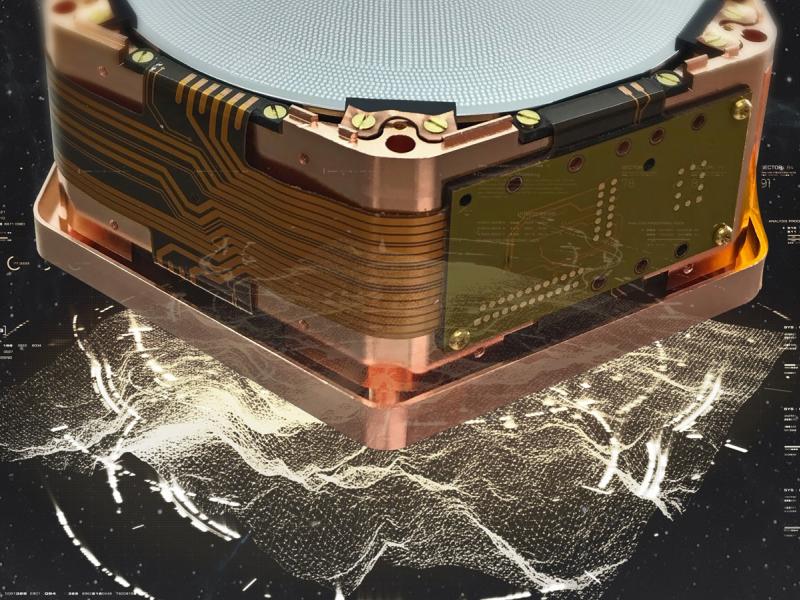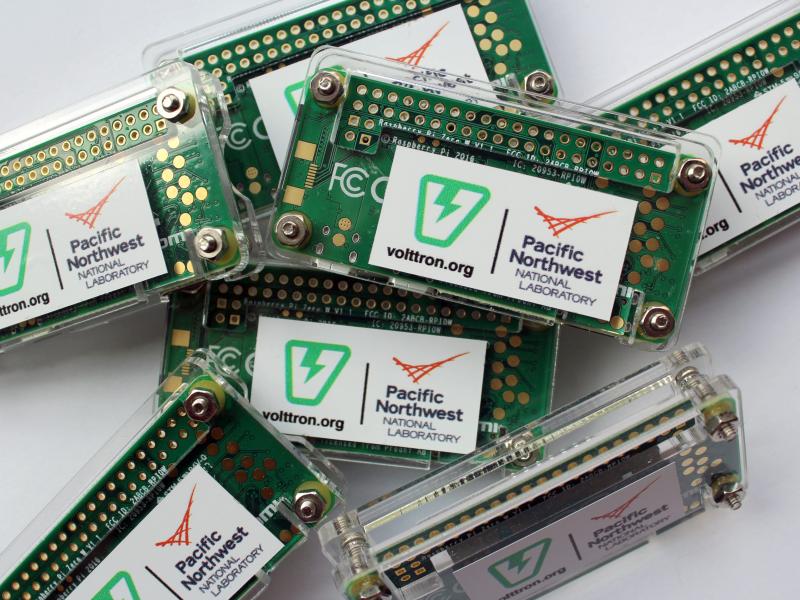Featured Stories
August 13, 2025
New Research Effort Could Boost Nuclear Fuel Performance
July 22, 2025
Scientists Investigate Use of AI to Speed Analysis of Nuclear Materials
July 18, 2025
Eight PNNL Researchers Elected to Washington State Academy of Sciences
July 21, 2025
Laying the Groundwork for a Quantum Leap in Chemistry
Subscribe
to receive PNNL
news by email:
Latest Stories
94 results found
Filters applied: Energy Efficient Technology Integration, Quantum Information Sciences





